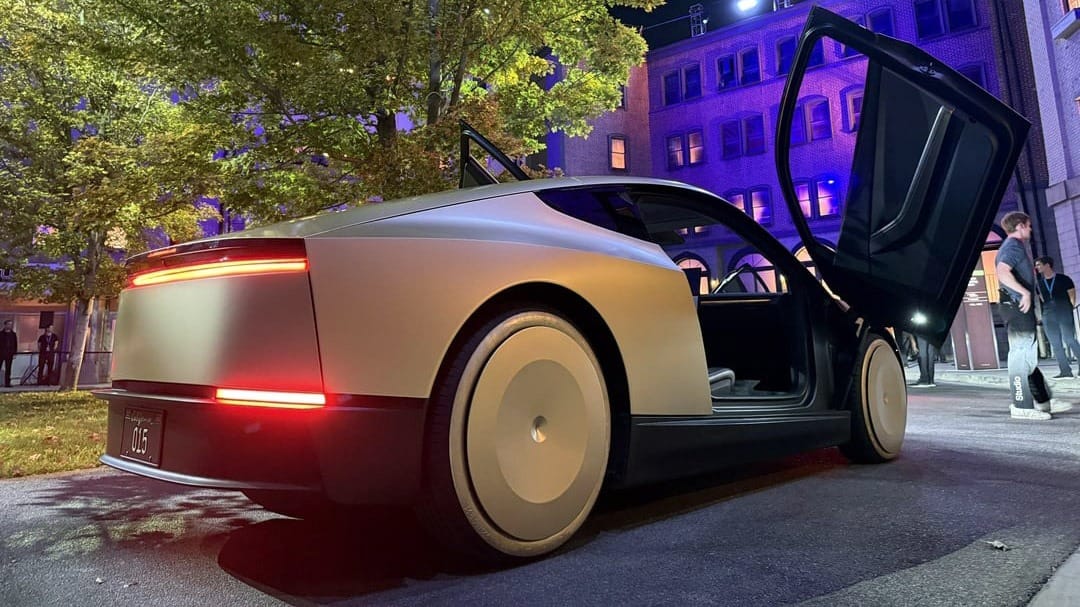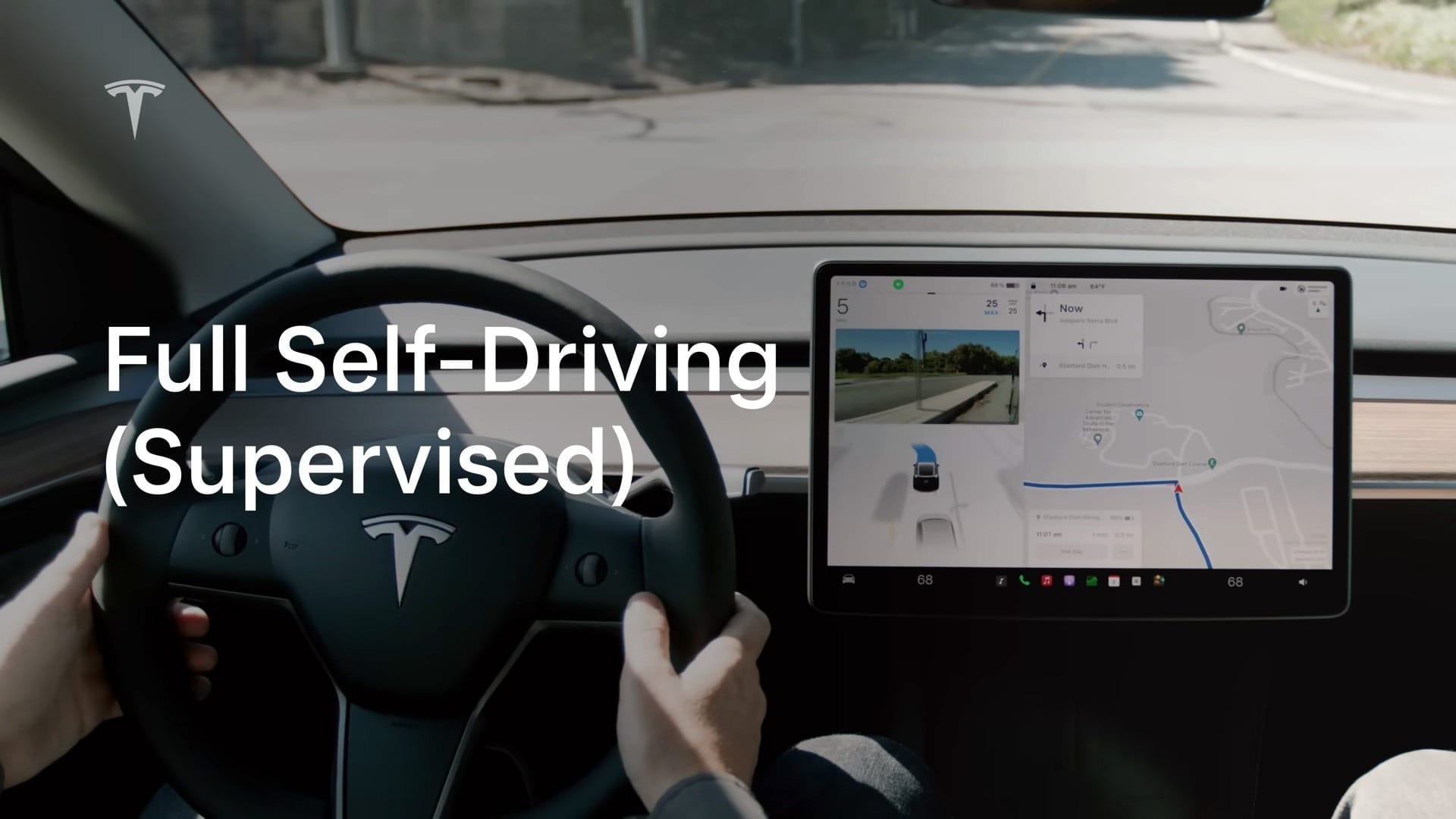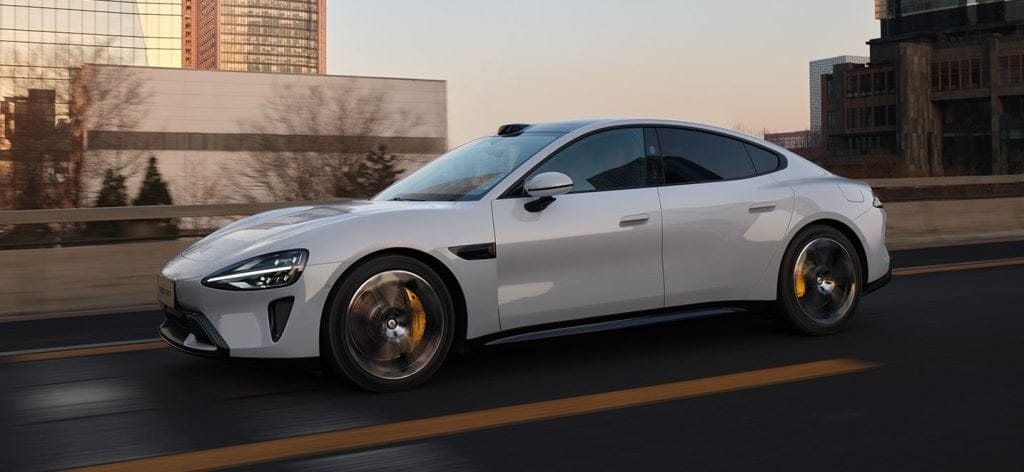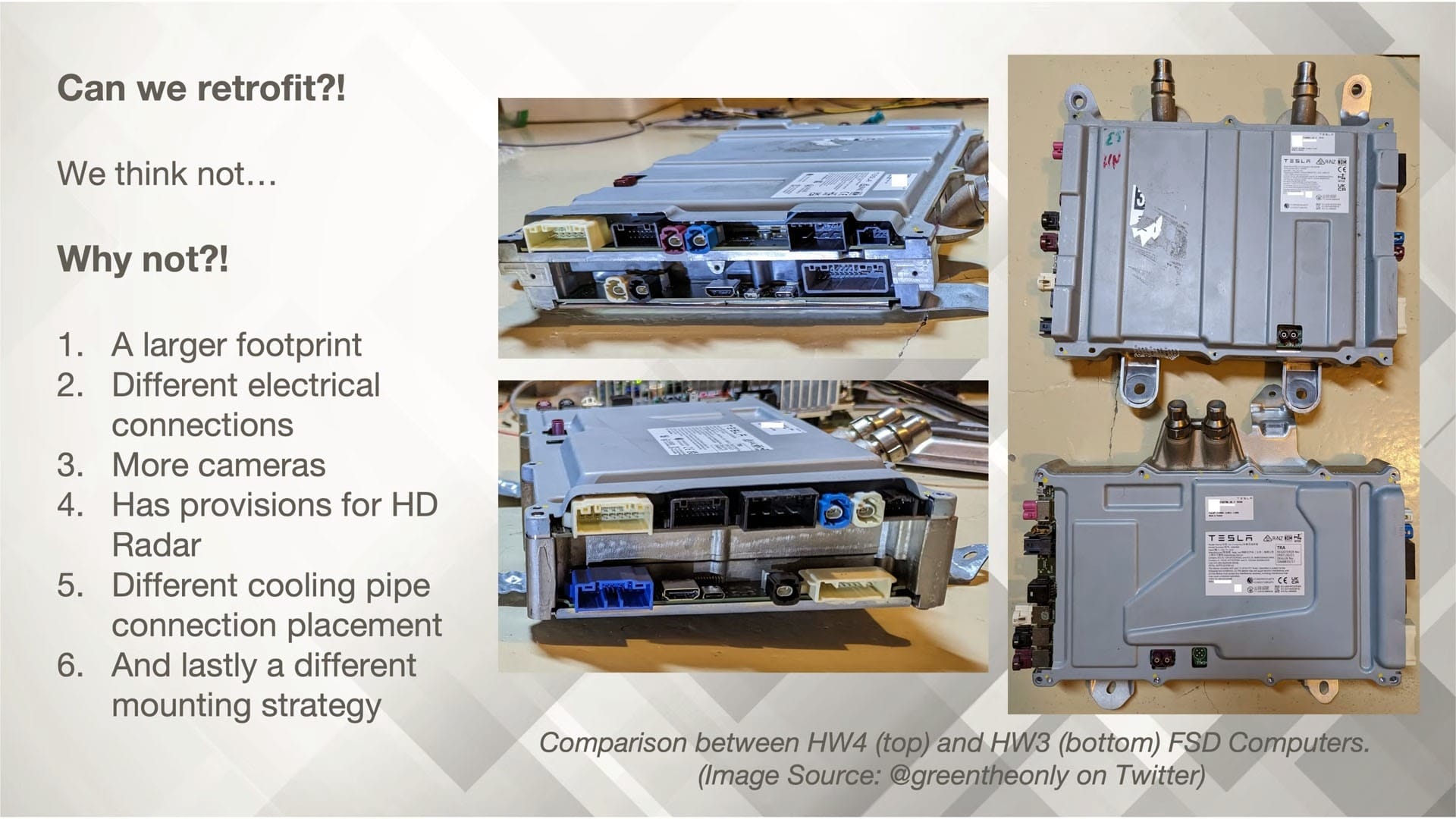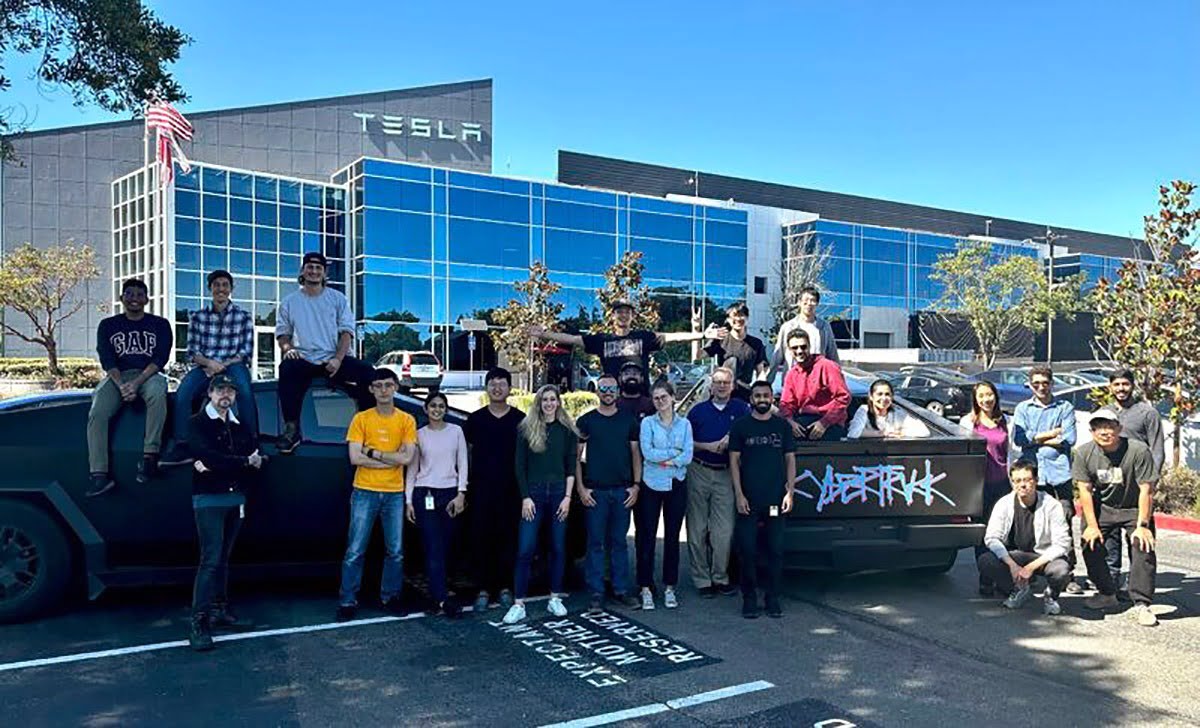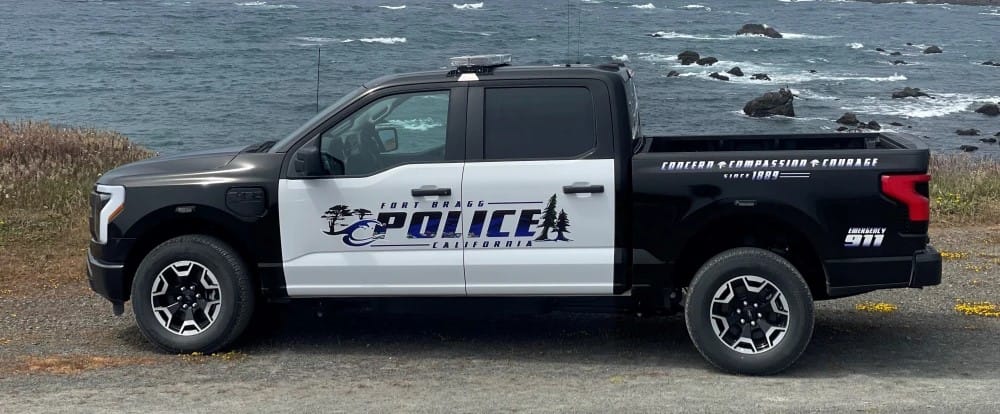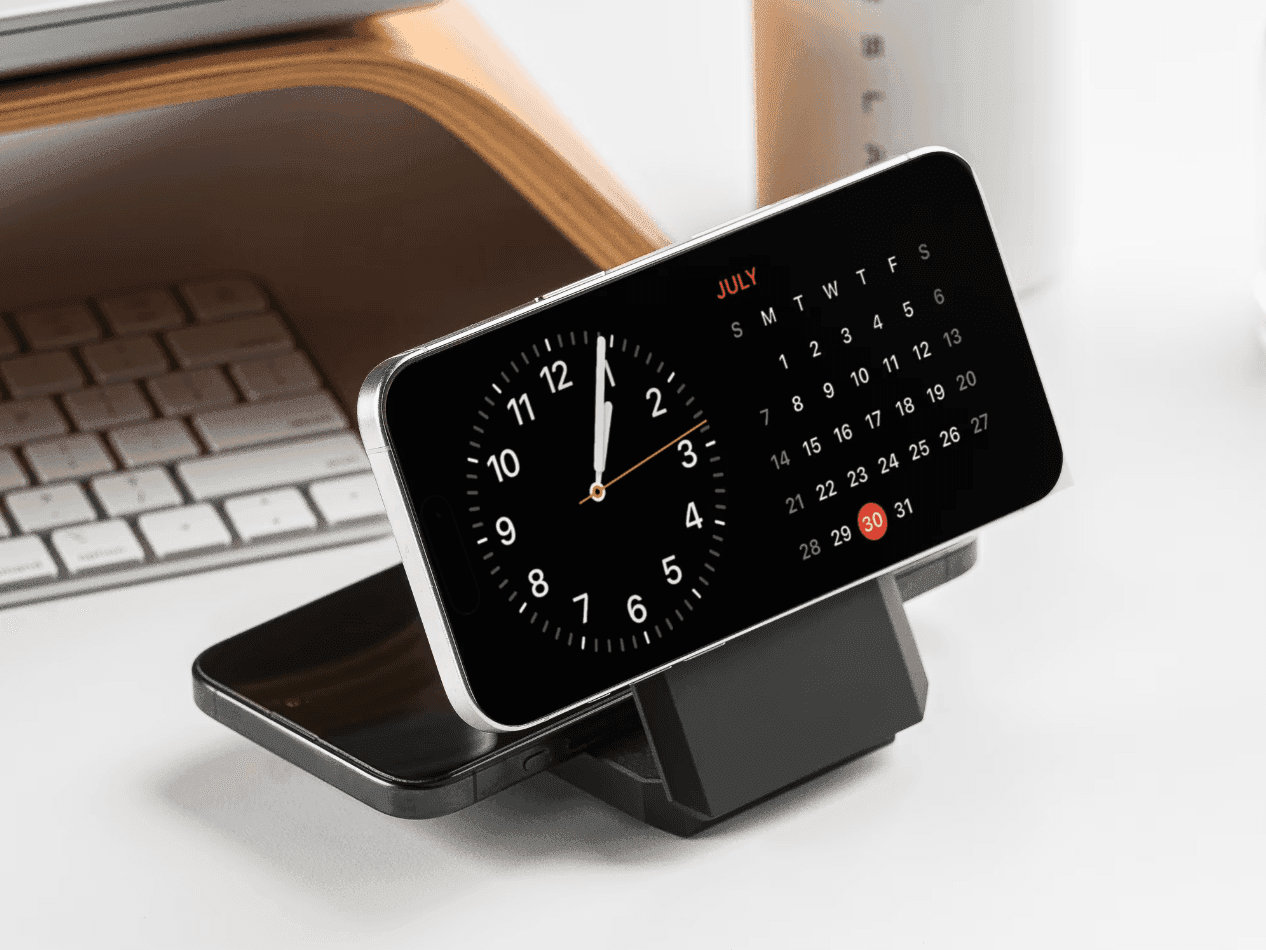The well-known electric vehicle battery giant, CATL, has introduced its new ‘Freevoy Super Hybrid Battery’. This innovative battery is set to redefine standards for plug-in hybrids (PHEVs) and extended-range electric vehicles (EREVs), boasting an impressive industry-first claimed all-electric range of 400 km. For those who keep track of hybrid advancements, this is a significant achievement.
Addressing PHEV Limitations
Traditionally, PHEVs have struggled with drawbacks that prevent them from matching the full electric vehicle experience. Many hybrid users find it rather frustrating that driving solely on electric power for long distances often leads to frequent charging breaks, making them reliant on internal combustion engines (ICE). With its claimed range of 250 miles (400 km), CATL seems ready to tackle this challenge directly.
Quick Charging Capabilities
Additionally, the Freevoy battery can gain up to 174 miles (280 km) of range with just a swift 10-minute charge. If CATL’s assertions prove accurate, this would significantly alleviate the range anxiety that has long plagued both PHEVs and EVs. With fast charging available, the Freevoy is in a prime position to compete with electric-only vehicles not only in terms of range but also charging ease, while still providing the safety net of an onboard gasoline engine in emergencies.
Innovative Technology Behind Freevoy
To achieve the capabilities of the Freevoy, CATL has merged various technological advancements. Notably, a breakthrough can be seen in its cathode, where a high-voltage electrolyte and a nano-protective coating work together to limit side interactions, protecting the active materials and enhancing stability. The cathode is further improved with the inclusion of high-energy, excited-state particles, which promotes a swift and steady flow of lithium ions through the material.
Performance in Cold Weather
Moreover, for those living in chillier regions where electric vehicles typically face challenges, Freevoy employs CATL’s sodium-ion technology. This technology merges sodium-ion and lithium-ion cells to maximize performance, allowing the battery to operate at temperatures as low as -40 degrees Celsius. This ensures not only that the battery preserves its range but also that it charges reliably in cold weather, alongside accurate state of charge (SOC) calibration, which has been a common headache for both electric and hybrid vehicles.





